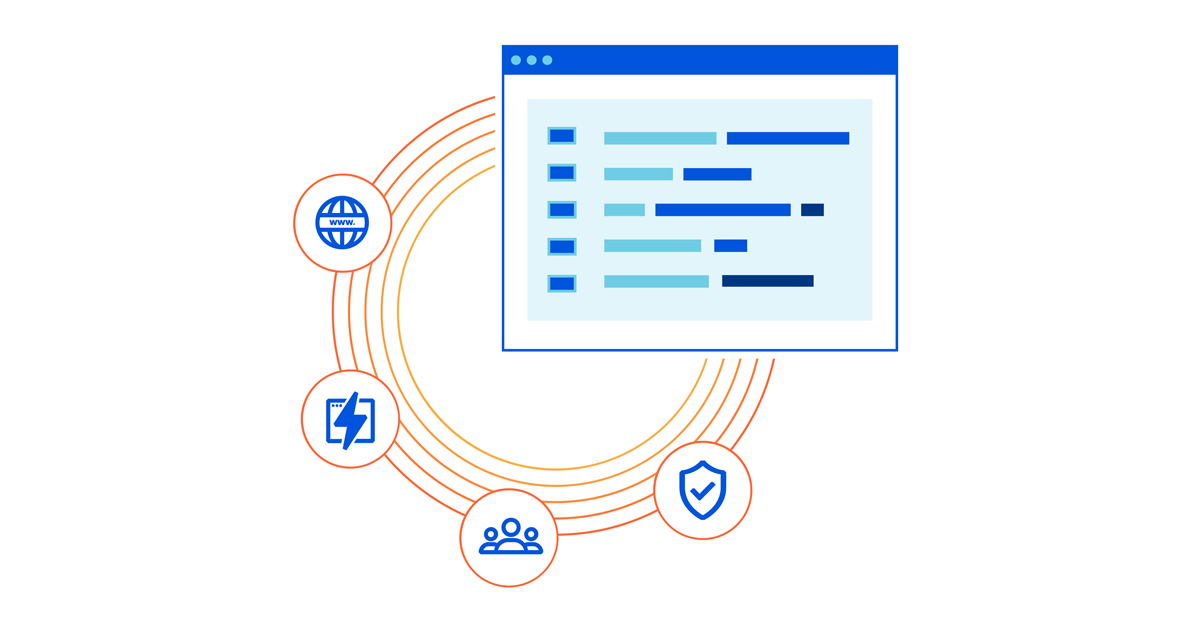Interesting: What’s Wrong with Bitcoin
I read tons of articles debunking the blockchain hype, and the stupidity of waisting CPU cycles and electricity on calculating meaningless hashes; here’s a totally different take on the subject by Avery Pennarun (an update written ten years later).
TL&DR: Bitcoin is a return to gold standard, and people who know more about economy than GPUs and hash functions have figured out that’s a bad idea long time ago.




